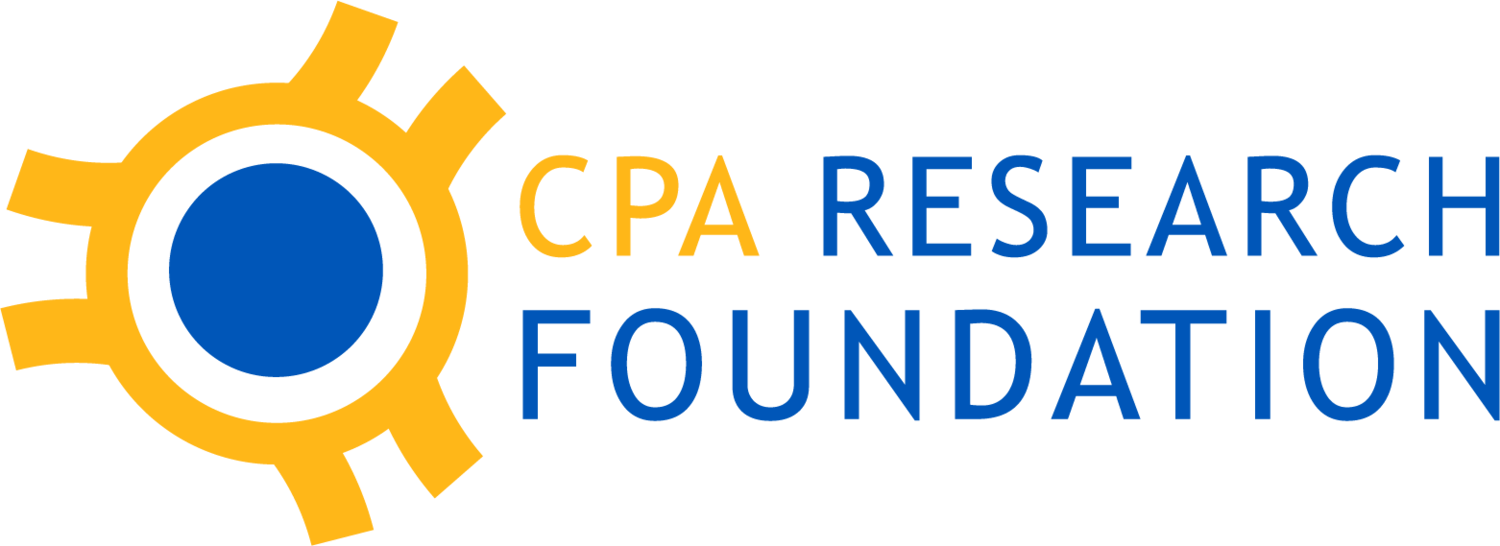What are the symptoms?
Common symptoms of CPA include:
Seizures
Migraines
Transient ischemic attack (TIA) - focal neurologic deficits, such as weakness, numbness, or tingling to one part or side of the body (symptoms of Stroke).
Diagnosing a CPA
There are various tests carried out to diagnose CPA. However, it usually involves a combination of the following:
Magnetic resonance imaging (MRI). An MRI uses powerful magnets and radio waves to show detailed images of the tissues. An MRI can pick up on small changes in these tissues.
Computerised tomography (CT). CT scans use X-rays to create images of the head, brain or spinal cord and can help show bleeding.
Magnetic resonance angiography (MRA). An MRA captures the pattern and the speed and distance of blood flow through the vascular abnormalities.
Cerebral angiography. Also called arteriography, this test uses a special dye called a contrast agent injected into an artery. The dye highlights the structure of blood vessels to better show them on X-rays.
Treating a CPA
Currently, there is no cure for CPA. Patients are conservatively managed and their symptoms are controlled using various pain and anti-seizure medications. This has varying success rates from patient to patient and is very much trial and error.


